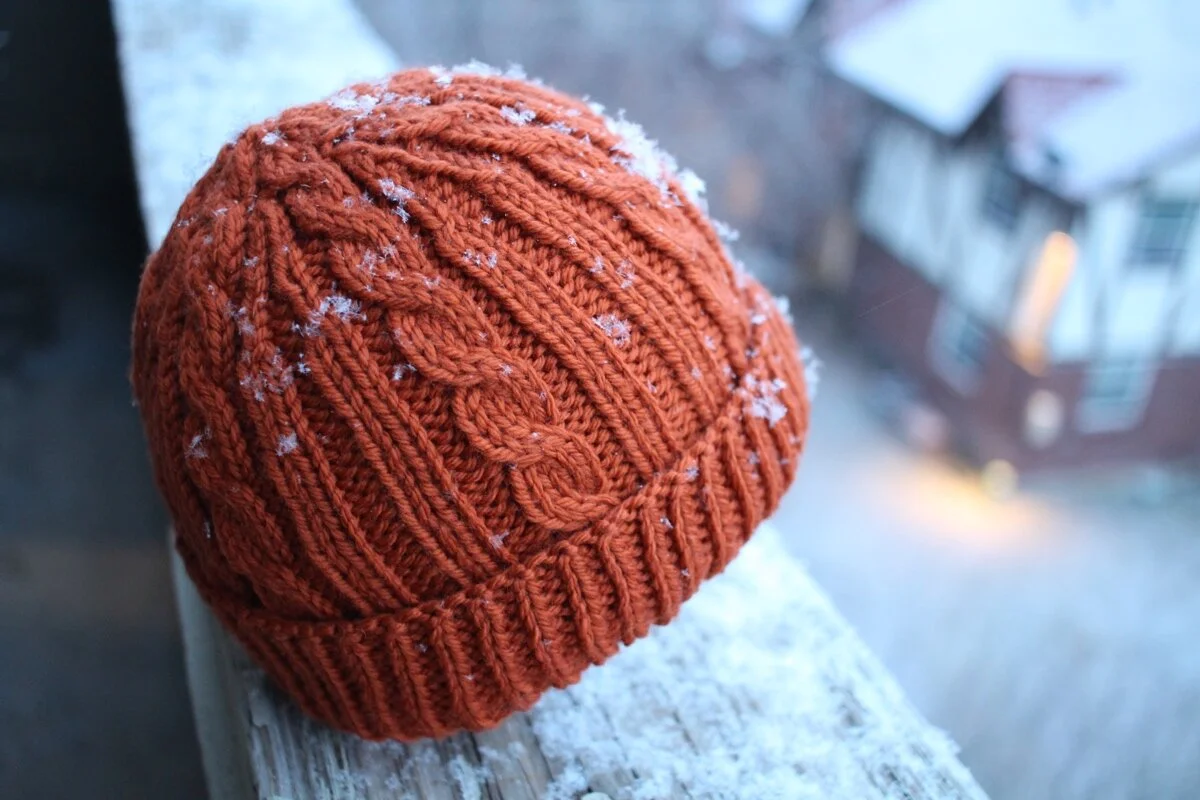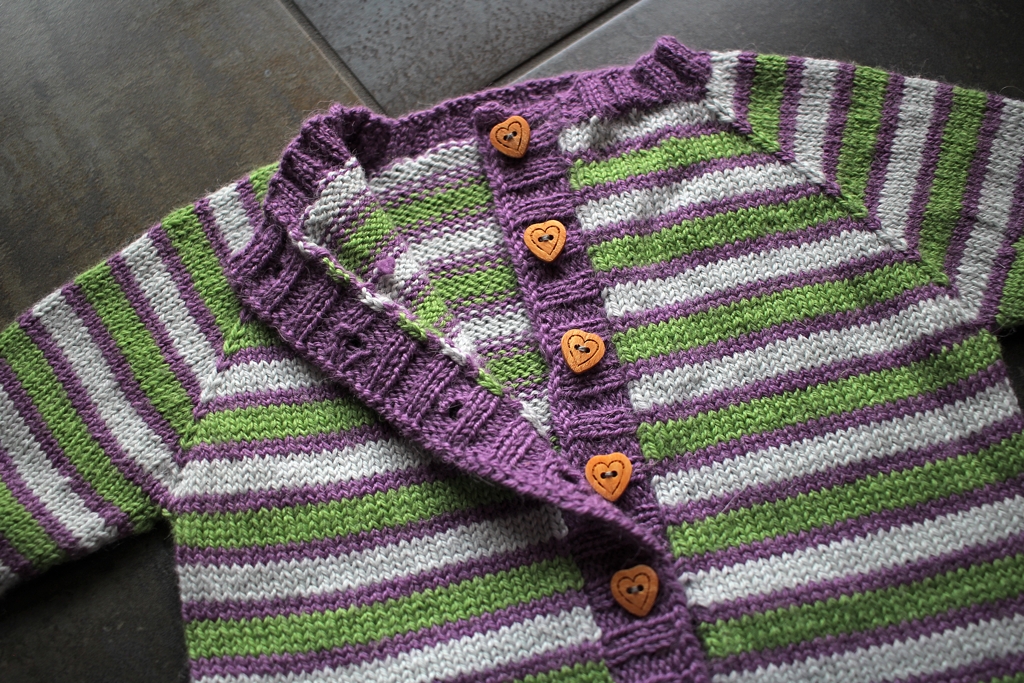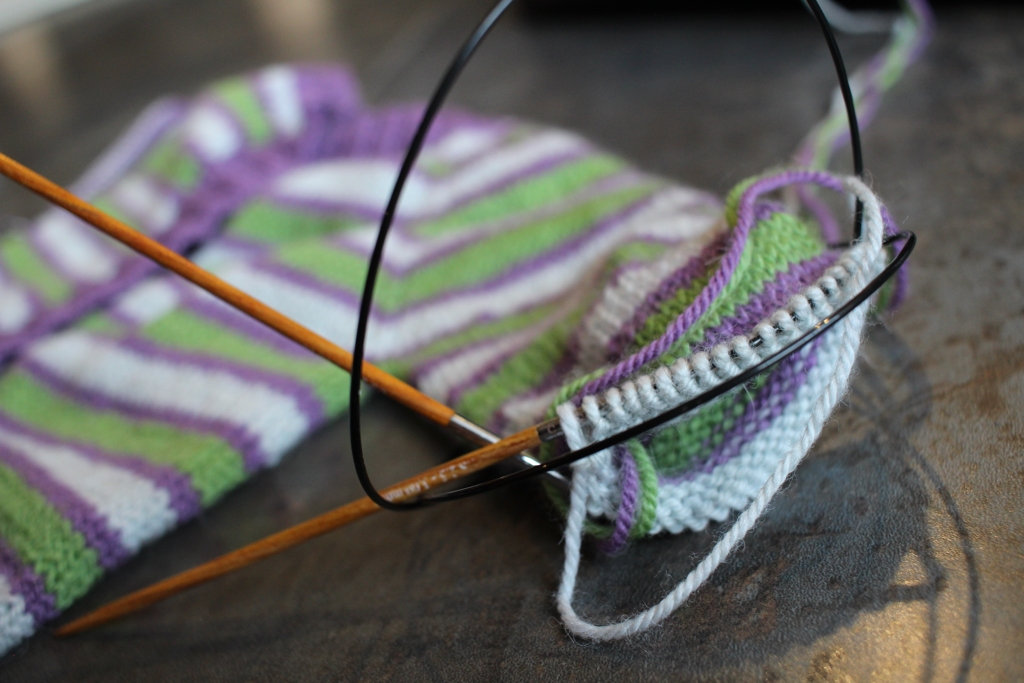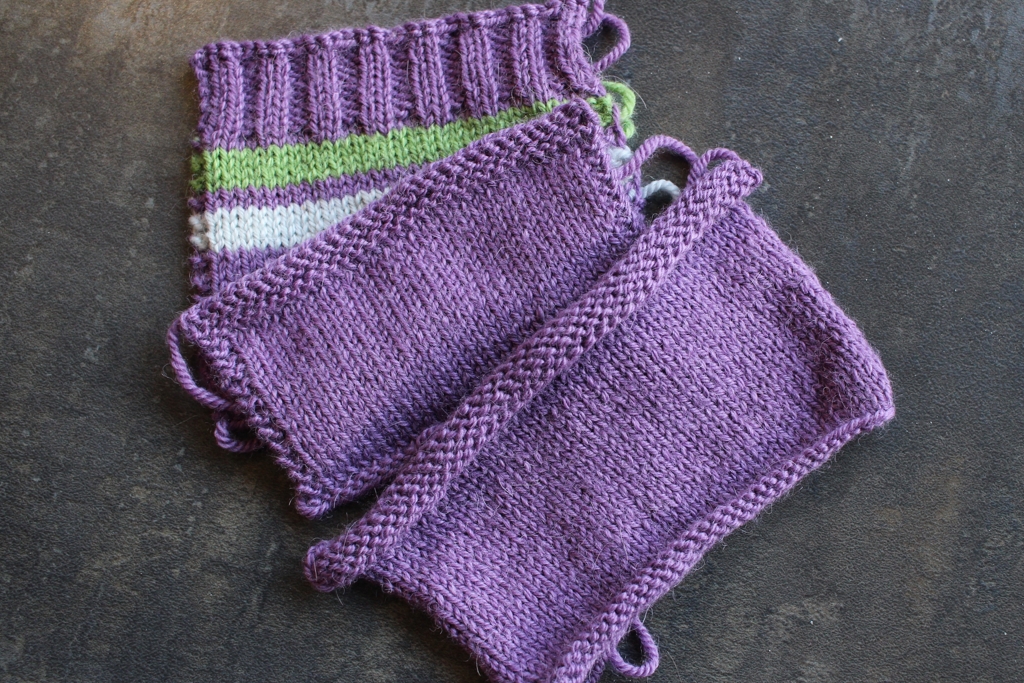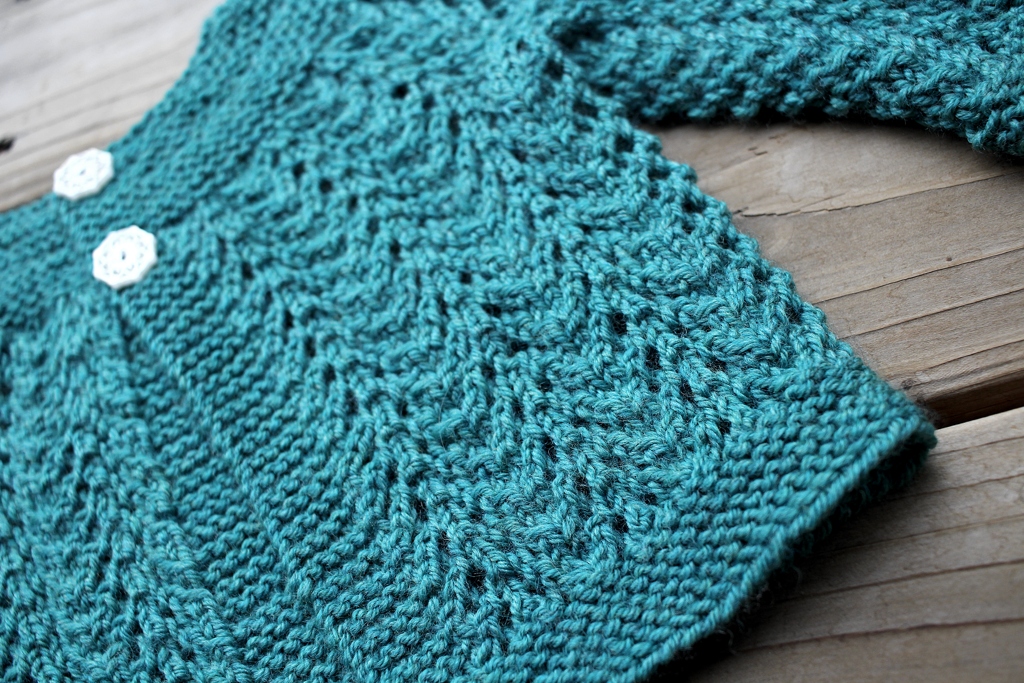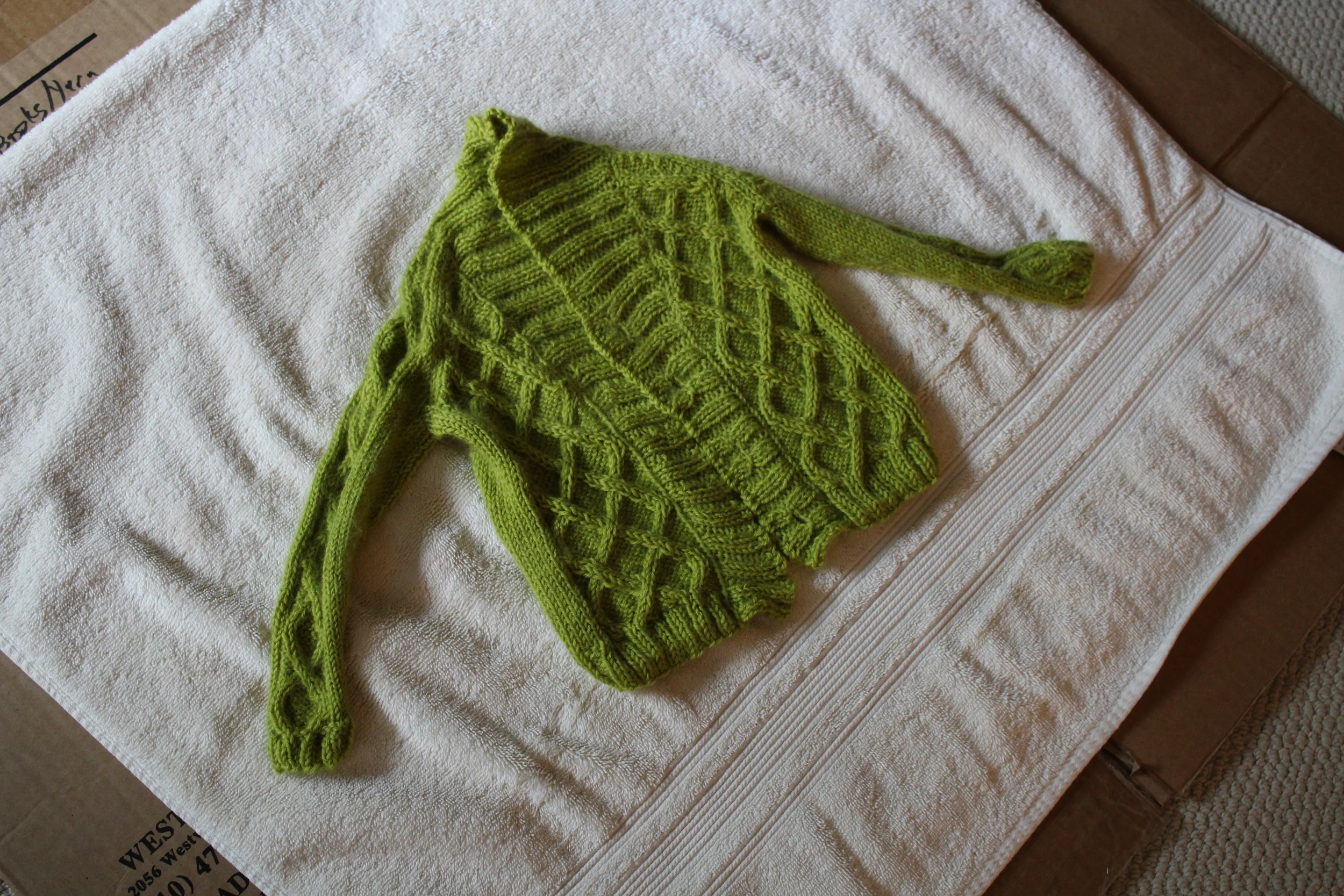New Pattern: The Old Friend Hat
/It all started with a hat I knit for the Bearded One nine years ago. He saw a hat he liked on an old British tv show from the 70’s*, and said he would totally wear a hat like that. I, a knitter with a little too much time on her hands, said I could make that happen. After taking a few screen caps, I got to work. The hat wasn’t an exact recreation since I had to guess at some of the details, but it was close and a big success. He wore that hat everywhere and usually kept it in his back pocket just in case he’d need it.
Well, after nine years of constant wear, the hat was an old friend but also showing it’s age. So it was time to knit him another one. While I worked on the new hat, I couldn’t help but imagine a longer slouchier version for me. And how could I not whip up a matching hat for the kiddo too. So I took the opportunity to clean up and expand the pattern to fit small baby heads all the way up to big adult noggins. There’s both a snug fitted version and a long slouchy version. And how could I not name the pattern “Old Friend”. The hat has been with us for 9 years already, and I’ve got the yarn to knit several more. Sounds like this hat is going to be sticking around for a long time.
While I’ve only been wearing my Old Friend hat for a few months, I am absolutely in love. The cables look great with pretty much everything. I wear it slouchy most of the time, but am really glad of the extra ribbing when I want an extra layer over my ears. Even the kiddo, who won’t wear most hats for more than five seconds at a time, wears her Old Friend hat when it’s cold. Though our hats are all different colors and lengths, they still match without having to be exactly the same.
Oh, and after nine years, I am so happy to finally share the pattern with you! Whether you choose to knit it short and fitted or long and slouchy, this cabled hat is sure to become an old friend that’s always by your side.
To celebrate the release of Old Friend, the pattern will be on sale October 13 - 20th, 2019 MST . Use code FRIENDLY when you check out to get 20% off the pattern!
Sizes:
Baby/Toddler: (16 - 18”) [41 - 46 cm]
Child: (18 - 20”) [46 - 51 cm]
Adult S/M: (20 - 22”) [51 - 56 cm]
Adult L: (22 - 24”) [56 - 61 cm]
Gauge: 4 sts and 6 rows = 1” in pattern
Yarn:
For Fitted Hat: 60 (85, 120, 140) yds / 55 [78, 104, 119] m worsted weight yarn
Shown in Knit Picks Swish Worsted - Allspice, and Stonehedge Fiber Mill Shepherd’s Wool Worsted - Garnet
For Slouchy Hat: 70 (100, 140, 172) yds / 64 [91, 128, 157] m worsted weight yarn
Shown in Knit Picks Swish Worsted - Dove Heather
Needles and Notions:
US 7 (4.5mm) 32” circular needles OR 16” circular needles/DPN’s
Tapestry Needle
Regular and Locking Stitch Markers (Optional)
*Said show is “Last of the Summer Wine”, and I’m totally guessing that the episodes I was watching were from the 70’s.

